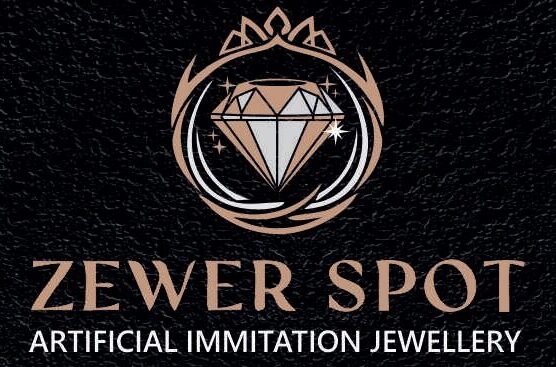How to Measure (2 accurate ways)
A) Measure an existing ring (inside diameter)
- Place a ring that fits you on a ruler.
- Measure the inside diameter (mm)—edge to edge, across the center.
- Match it to the chart below (we also show the equivalent inside circumference = π × diameter per ISO).
B) Measure your finger (inside circumference)
Wrap non-stretch paper/thread around the base of the finger (snug, not tight).
Mark the overlap, then measure the length in millimetres—that’s your inside circumference.
Find the closest circumference in the chart.
Tips: measure at day’s end when fingers are warmer; repeat 2–3 times for accuracy; wide bands may need ~½ size up. Real Simple
Standard used: ISO 8653:2016 defines ring size by inner circumference in mm and the relationship to diameter.
| US Size | Inside Diameter (mm) | Inside Circumference (mm) | India size (nearest) |
|---|---|---|---|
| 4 | 14.88 | 46.8 | 7 |
| 5 | 15.70 | 49.3 | 9 |
| 6 | 16.51 | 51.9 | 12 |
| 7 | 17.32 | 54.4 | 14 |
| 8 | 18.14 | 57.0 | 17 |
| 9 | 18.95 | 59.5 | 19 |
| 10 | 19.76 | 62.1 | 22 |
| 11 | 20.57 | 64.6 | 25 |
| 12 | 21.39 | 67.2 | 27 |
US diameter & circumference values from the international equivalency table.
India sizes are matched by nearest circumference using a published India-marked chart (exact matches noted above for 6, 7, 8, 10, 11, 12).
*India sizes are rounded to the closest value on the Indian chart; if your band is wide, choose the next size up.
Printable / At-Home India Chart (reference)
If you prefer sizing directly in the India system, these reference circumferences help:
- 14 → 54.40 mm, 17 → 57.00 mm, 22 → 62.10 mm, 25 → 64.60 mm, 27 → 67.20 mm, 30 → 71.00 mm, etc. (full table in source).
Good to know
- A perfect fit is snug over the knuckle and comfortable at the base.
- Measure when hands are not cold; temperature, salt, or workouts can change size slightly.

